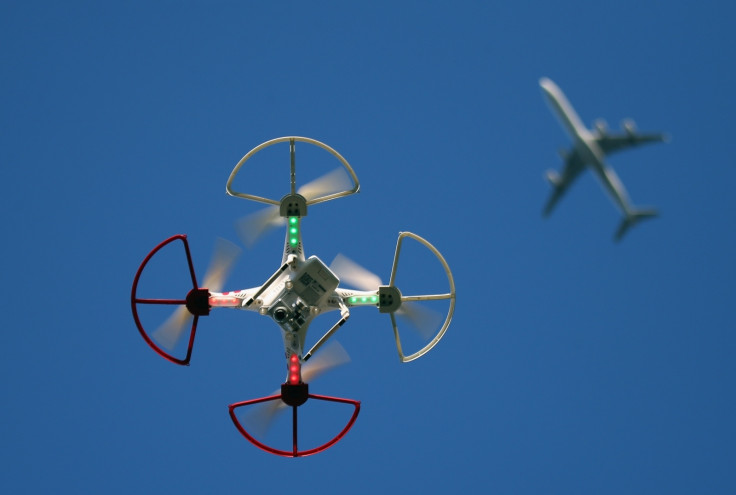Trump wants to make it easier for people to use commercial drones
All stakeholders are encouraged to pitch in with their ideas for new regulations.

US President Donald Trump has directed the Department of Transportation (DoT) to come up with a plan to make it easy for commercial drone services to operate in US airspace.
The new initiative to set up a national drone network called the Unmanned Aircraft System Integration Pilot Program will ask all stakeholders involved — pilots, private citizens, local authorities, park officials and others for their ideas on regulations for drones, reports Wired.
The inputs thus garnered will be used to come up with regulations that work best for all parties involved. For example, if someone has devised a way to regulate long flights where the drone flies beyond the line of vision of the pilot, that individual can contribute his or her ideas. If an organisation has an idea on how to protect privacy of people when drones fly over them, that can also be submitted. The DoT will reportedly pick out at least five such proposals and run trials over the next three years, before finally formulating regulations.
"The US is far and away a much more complex airspace than nearly any other country out there," Wired quoted Jim Gregory, who leads the Ohio State University efforts for the FAA arm that tackles integrating drones into the national airspace system, as saying.
It was earlier reported that Nasa was also working on a system where drones and commercial airliners could share airspace. It is not clear if the FAA programme will also be included in the Nasa research.
Instances of drones being used to assess hurricane damage just this year have demonstrated how useful this technology could be when natural calamities strike. Drones were also instrumental in surveying the extent and damage that wildfires caused this year.
"Drones are proving to be especially valuable in emergency situations, including assessing damage from natural disasters such as the recent hurricanes and the wildfires in California," Secretary of Transportation Elaine Chao said in a statement.
However, the Federal Aviation Administration (FAA) looks at safety before convenience and has imposed strict regulations and guidelines for drone ownership and operation across the US.
A written test on regulations is mandatory for drone operators and they need special waivers to fly beyond the line of direct sight. There is a 400ft ceiling beyond which drones cannot fly and there are no-fly zones near airports and army bases (they are allowed to use force to disable drones). Besides, no flying is allowed over people, and at night. This, in spite of the fact that research has shown that there is little risk of head injury from small drones.
FAA has handed out over a thousand waivers and CNN received the first permanent waiver to fly over crowds.
The administration, however, wants to make it possible for the process of applying for and getting permission a lot easier with the creation of the Unmanned Aircraft System Integration Pilot Program.





